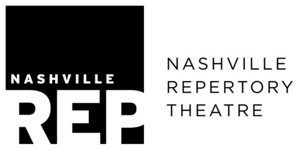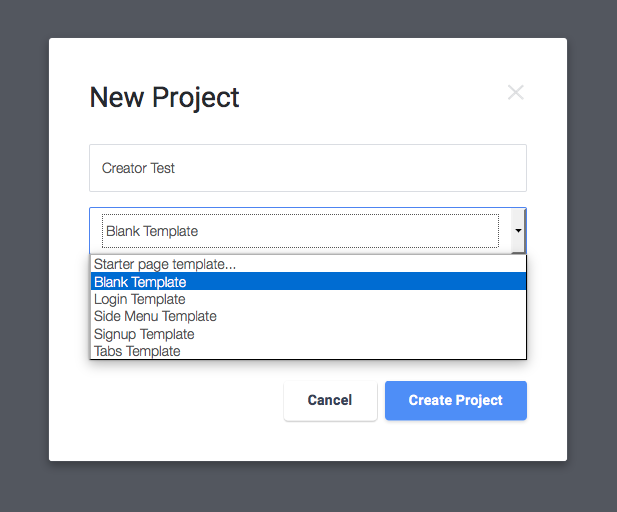
It’s no secret to every clerk that has had the unfortunate luck of talking to me at any drum shop or drum department in NYC or Nashville that I think Steve Gadd sticks from Vic Firth are just perfect, the best sticks ever, well, except for the black paint. I’ve gotten used to the paint, especially the discontinued (why?) original finish, but it does flake all over your drum heads, not cool when you are sitting in or at a jam session. Also, black sticks just always felt like a too-cool gimmick which makes no sense but I think you know what I mean?
A few months back, I called Vic Firth headquarters and sort of begged the rep on the phone to sell me some Steve Gadd sticks without the black paint. The rep stopped me in mid-rant to explain that they would be releasing them without paint at Winter NAMM 2018. I know I screamed a loud “YES” and probably more. They are finally making their way to stores and I couldn’t be happier. Finally the perfect stick with the traditional look
http://vicfirth.com/products/drum-sticks/signature-sticks/steve-gadd-2/





